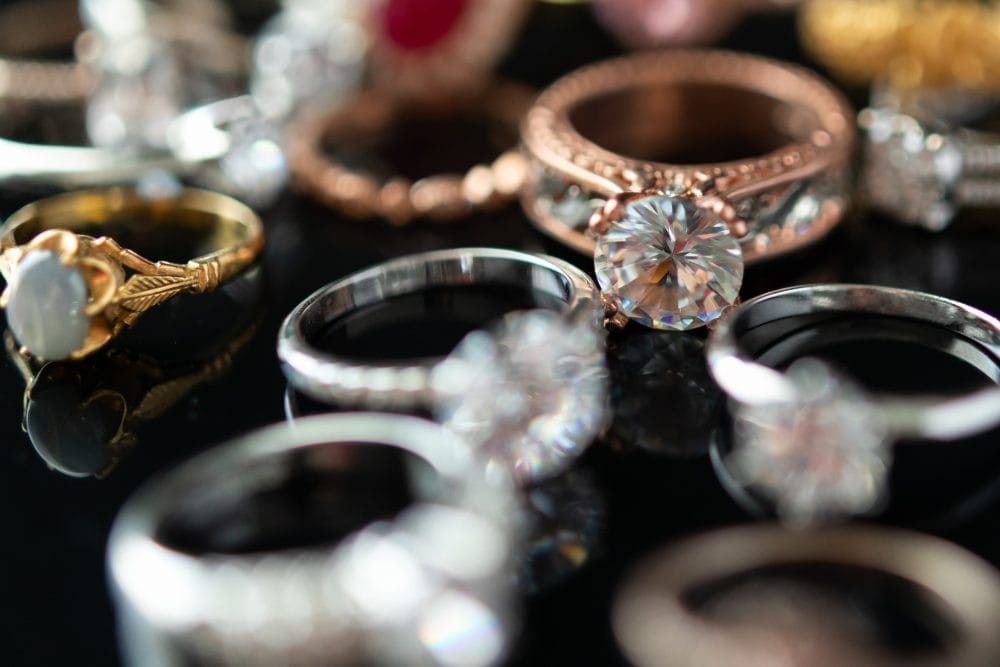Picture this: a sparkling diamond necklace passed down from grandma, wrapped in tissue paper, handed over at a birthday party. Everyone’s beaming, the champagne’s flowing—then the IRS shows up. Not literally, of course, but financially speaking, they might as well be. In 2025, a massive shift in federal tax law could turn that beautiful family heirloom into a surprise tax liability. If the jewelry’s value pushes certain limits, it could tiptoe right into the estate tax trap—and most people don’t even know it’s coming.
The 2025 Tax Law Change That’s Setting the Stage
In 2025, the generous federal estate tax exemption—currently in the multi-million-dollar range—is scheduled to shrink dramatically. This change is a sunset of provisions from the 2017 Tax Cuts and Jobs Act, reverting exemption amounts to roughly half their present levels. Suddenly, estates that never came close to being taxable could find themselves in the danger zone.
Gifts given before death, like high-value jewelry, still count toward the lifetime exemption total. That means today’s thoughtful present could be tomorrow’s taxable problem.
Why Jewelry Isn’t Just “Stuff” to the IRS
The IRS sees jewelry not as sentimental keepsakes, but as tangible personal property with a real, appraisable market value. That heirloom bracelet might have been bought decades ago for a fraction of its current worth, but appreciation counts in tax calculations. Even personal gifts can be added back into an estate’s value if the donor dies within certain timeframes or exceeds annual gift exclusions. Gold, diamonds, and designer brands all tend to hold or increase their value, making them easy targets for estate tax assessments. To the IRS, beauty and value are inseparable.
How the Annual Gift Tax Exclusion Fits In
Each year, the IRS allows individuals to gift up to a set amount per recipient without dipping into their lifetime exemption. For 2025, that number will likely adjust for inflation, but valuable jewelry can still blow past it in a single transaction. Anything above the exclusion chips away at the lifetime total, potentially leaving less room for larger assets later. If the estate exceeds the reduced 2025 exemption, the excess is taxed at rates that can reach 40 percent. That’s a serious bite out of a family’s wealth.
The Clawback Rule: A Hidden Risk for Generous Givers
Here’s where it gets tricky—there’s a concept called the “clawback” that can affect people who gift during high-exemption years but die after exemptions drop. The IRS has issued regulations to prevent unfair clawbacks, but nuances remain, especially for non-cash gifts. Jewelry’s fluctuating value can cause post-gift appraisals to push totals higher than expected. A gift made in 2024 under a high exemption might unexpectedly contribute to estate tax liability in 2025 or beyond. The unpredictability makes proactive planning essential.
Appraisals Matter More Than You Think
The fair market value of gifted jewelry is determined by professional appraisal, not sentimental worth or purchase price. If a piece is undervalued and later reassessed, the discrepancy can trigger penalties and extra taxes. The IRS can challenge appraisals if it suspects significant undervaluation. High-end pieces with unique provenance or rare materials are especially vulnerable to scrutiny. A credible, detailed appraisal at the time of gifting can be the best defense.
Why Family Heirlooms Are Especially Tricky
Family pieces often have undocumented histories, making valuation a challenge. A grandmother’s ring might have been casually insured decades ago, but could now fetch six figures at auction. Passing it on without understanding its true worth can unintentionally exceed tax thresholds. Emotional attachment often leads people to ignore financial realities until it’s too late. The IRS, however, sees only numbers, not memories.
Planning Strategies to Keep the Sparkle and Reduce the Sting
Careful planning can help minimize or avoid estate tax surprises tied to jewelry. Strategies include spreading gifts over multiple years to stay under annual exclusions. Some families choose to gift during a donor’s lifetime when exemptions are higher, paired with accurate appraisals. Others create trusts or make charitable contributions to shift value out of the taxable estate. The sooner planning starts, the more flexibility remains.
The Role of State-Level Estate and Inheritance Taxes
Even if the federal exemption feels safe, certain states have their own estate or inheritance taxes with much lower thresholds. Jewelry counts toward those limits just as it does federally. In states with exemptions as low as a few million dollars—or less—high-value gifts can easily tip the scales. This makes cross-state planning especially important for families with members in multiple jurisdictions. The rules can differ dramatically from state to state.
Why Ignoring This Could Be a Costly Mistake
Failing to account for the 2025 changes could leave heirs scrambling to pay taxes on non-liquid assets like jewelry. Selling a cherished heirloom to cover an unexpected bill can fracture both finances and family relationships. Once an exemption is exceeded, the tax bill is immediate and unavoidable. With rates high and thresholds lower, even moderately wealthy families can be affected. Awareness now can save regret later.
Sparkle Without the Surprise
Jewelry can be a dazzling and deeply meaningful gift—but in the shifting tax landscape of 2025, it can also be a financial landmine. Federal estate tax exemption reductions mean more estates will be pulled into the taxable category, and high-value personal property is an easy target. Accurate appraisals, strategic gifting, and proactive estate planning can help protect both wealth and sentiment. The key is acting before the law changes catch up.
What are your thoughts on how the 2025 estate tax changes might impact treasured family gifts? Share your take below.
Read More
Why That Gifted Car Could Lead to IRS Trouble
How One Envelope Can Freeze the Entire Estate Process







